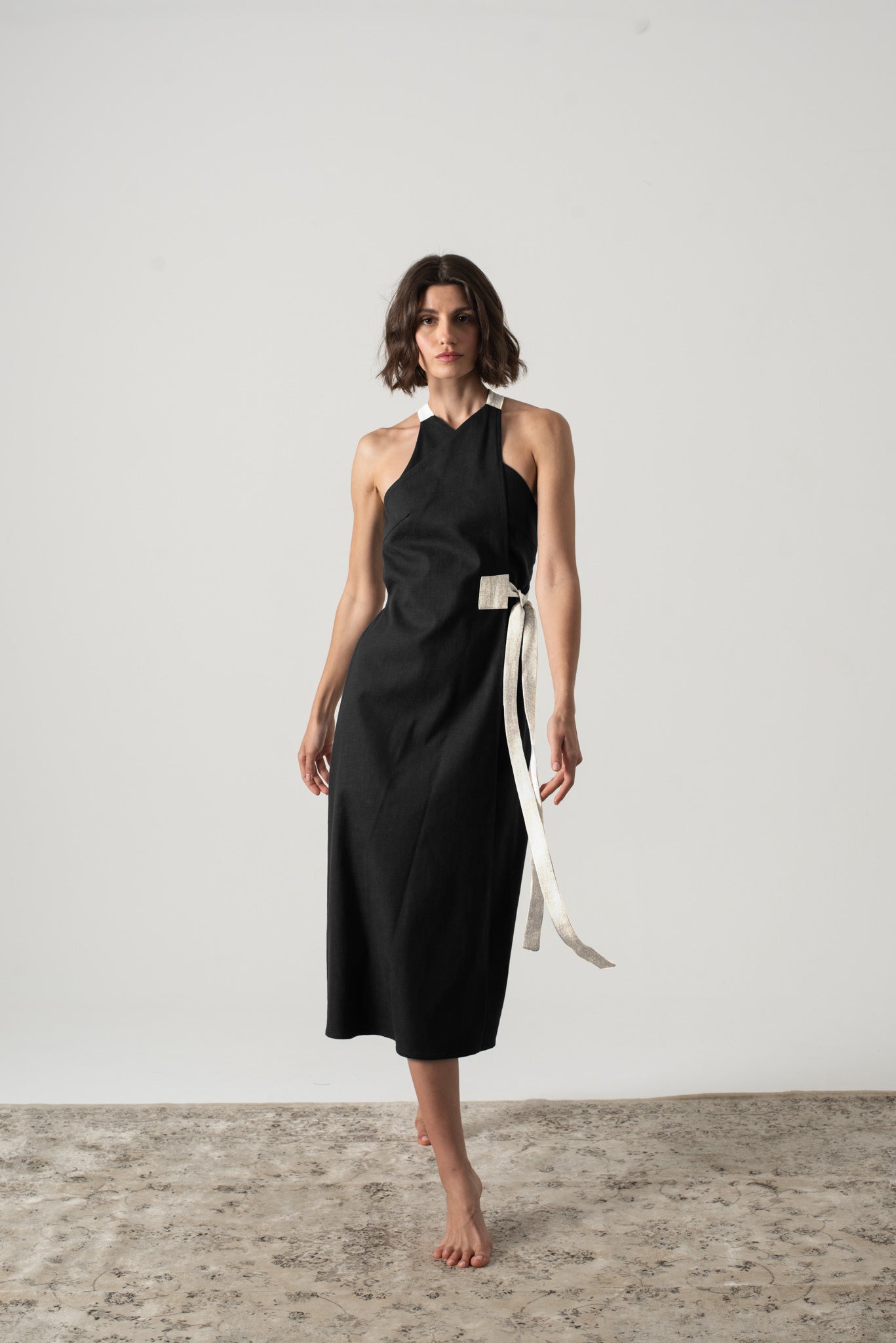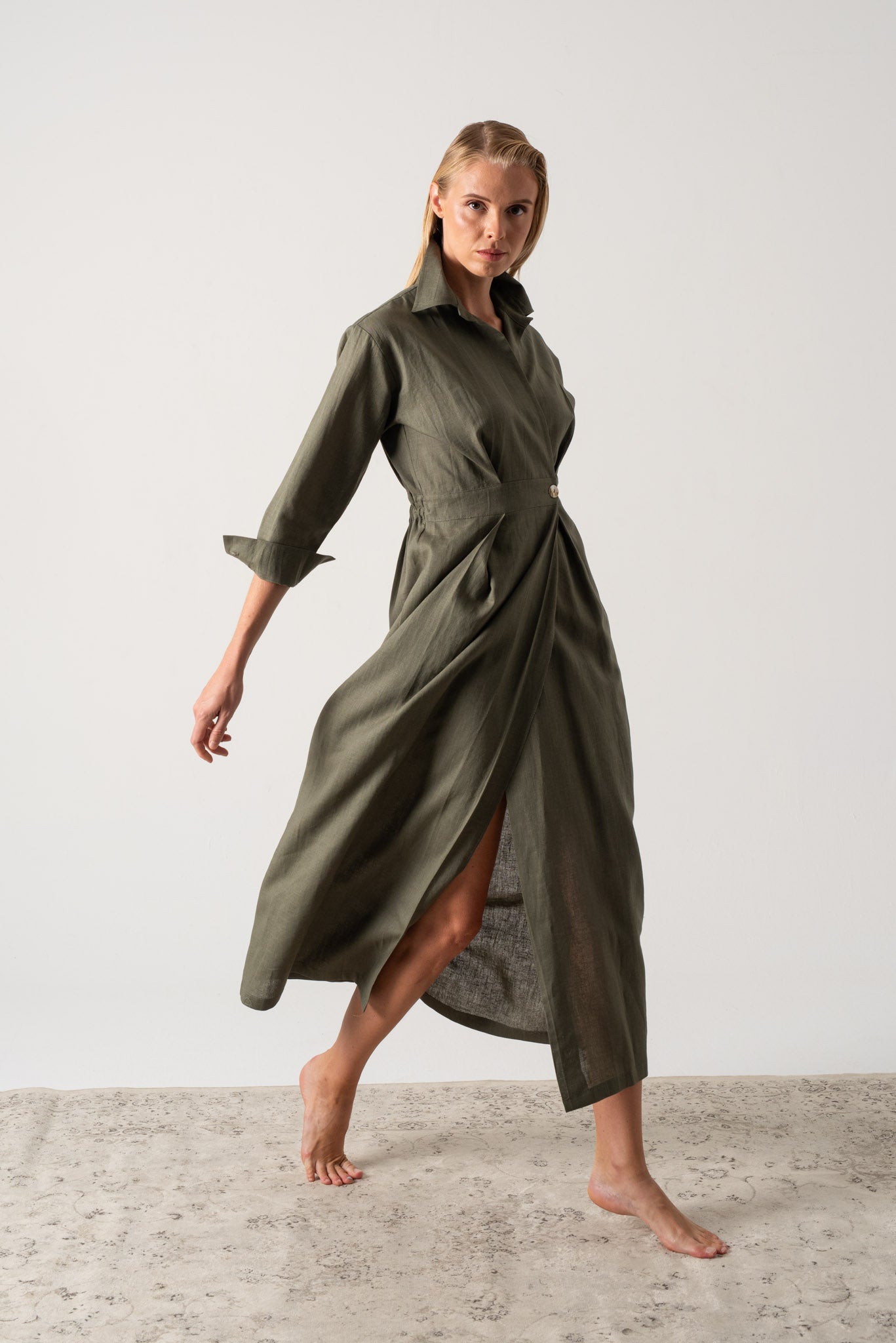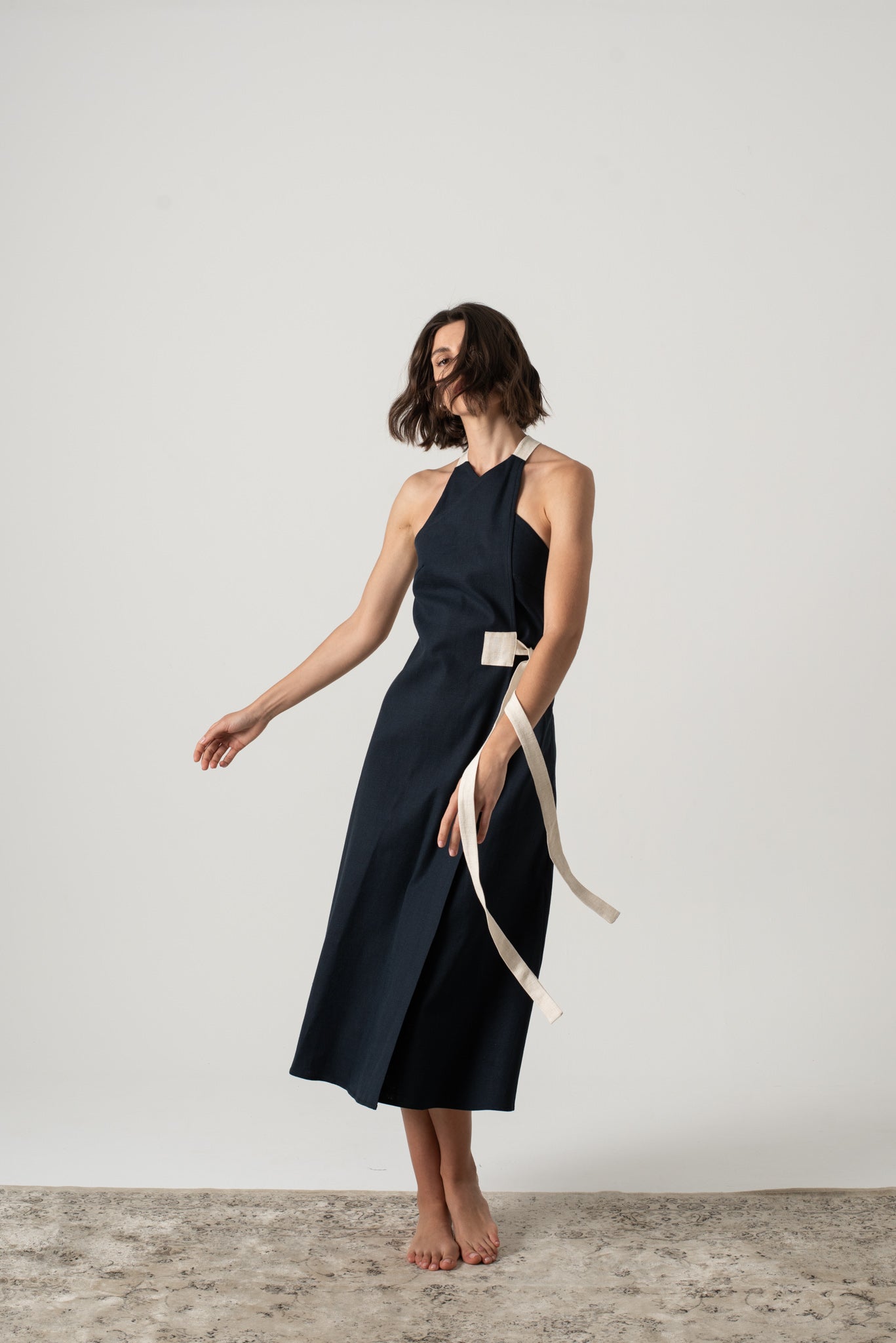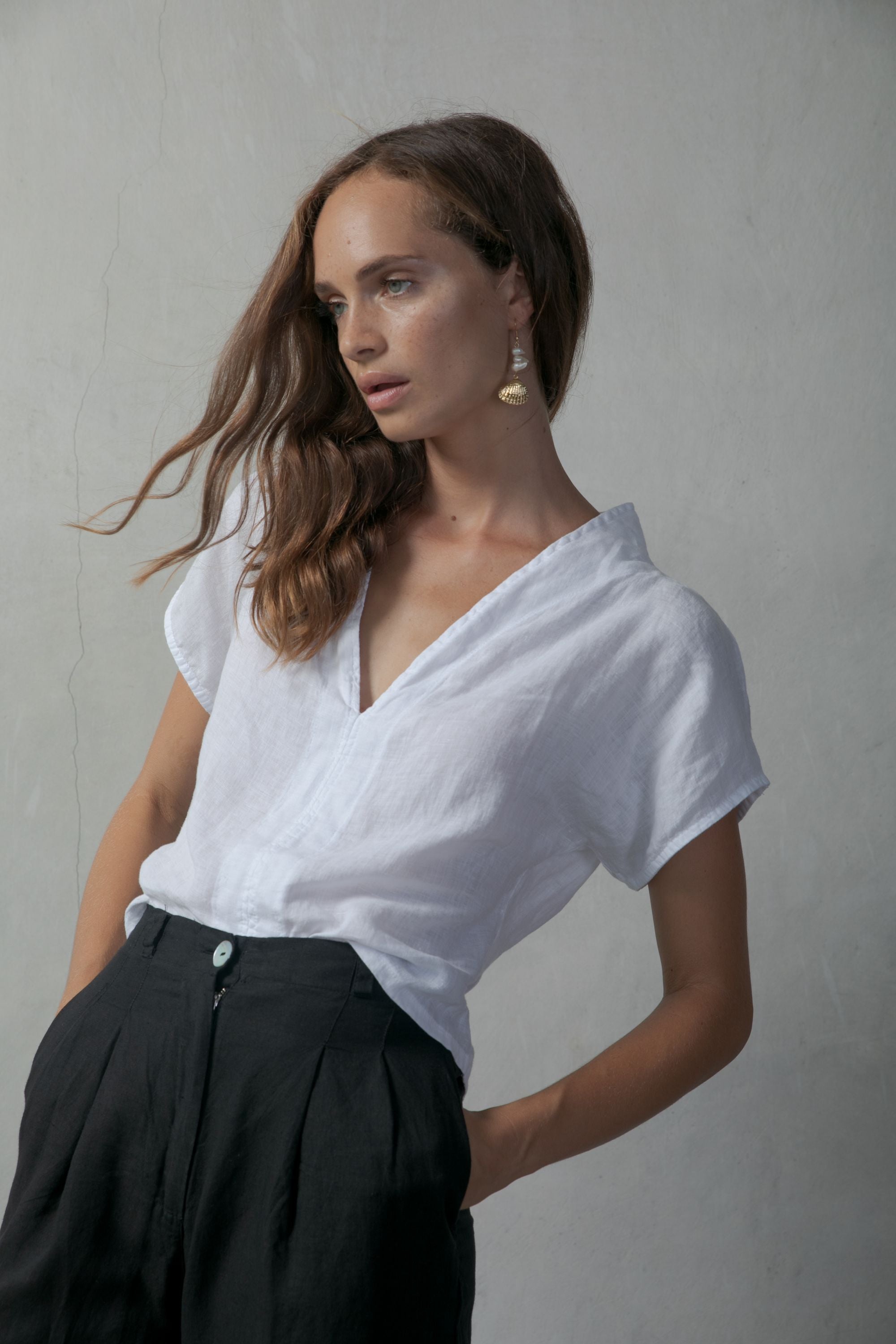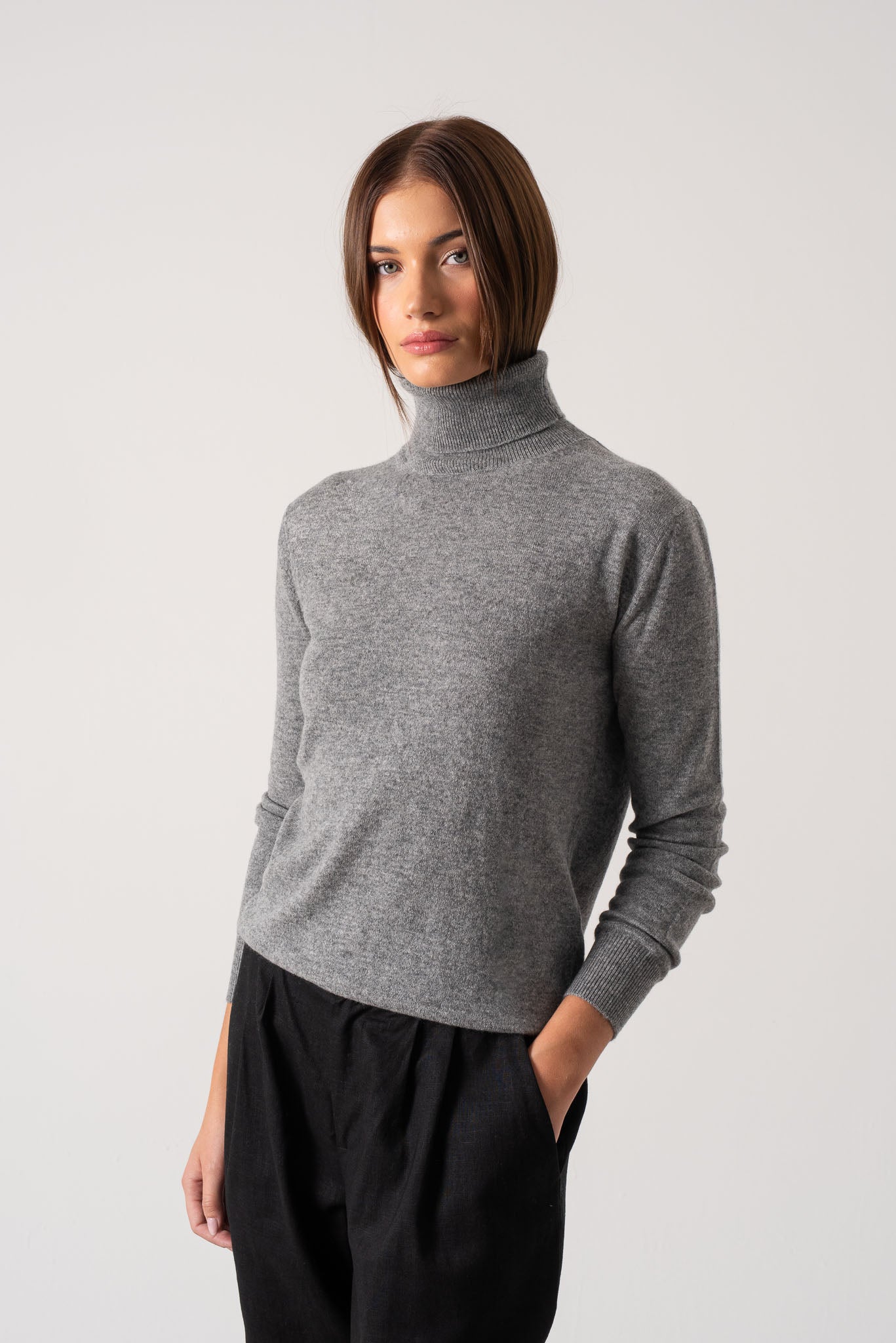Cotton vs linen. Which fabric is going to get you the most compliments?
Before we drift off into the land of z’s, patiently waiting for our skincare to kick in and work its magic—there’s a question that plagues us.
“What’s for breakfast tomorrow?” No, although we’re not immune from dreaming about fresh blueberry smoothies and bottomless brunches. For us fabric snobs that only sleep in silky soft PJs, the big lurking debate is linen vs cotton.
To settle the question once and for all, we’re looking at all the details. Weaknesses, differences and similarities. No beautifully polished stones will be left unturned in our investigation of these high-end natural fabrics.
You probably already know what side we’re on—the right side. (psst, it starts with the same letter as the word “love”, which is what we feel when wearing this easy textile).
By the end of this blog, we’re hoping to see all of you fashion lovers on our team. The team that’s wonderfully breezy, uniquely textured and always looks classy.

What Is Linen?
Let's get nerdy for a second. What is linen? It's a textile made from the stem of the flax plant.
Linen is a true symbol of slow living and craftsmanship, with the journey from plant to linen clothing quite complex and time-consuming. The best part? Some stages of production are still done by hand.
Flax is very rigid and tough and can be challenging to weave when first pulled from the ground. It must be stored for a long time to soften it. Then once it's soft enough, it's woven into the luxurious fabric that' beloved by all stylish women.
When we say linen is timeless, we really mean it. Some of the oldest flax fibres discovered are 30,000 years old and originate from ancient Egypt. There it was used as clothing, currency and wrapping for mummies. If it's good enough for Pharaohs and queens, it's good enough for us.

Where Is Linen Grown?
Linen is predominantly grown in Europe and Asia, with European weaving mills famous for their premium quality.
Currently, most linen comes from China. The second largest producer of linen in the world is Italy.
What Is Cotton?
Cotton fabric comes from the cotton plant — simple. Specifically, its produced from the boll, the fluffy part of the plant. All that fluffy goodness is then spun and woven into fabric.

Linen vs Cotton: The Similarities
The linen vs cotton question is more of a friendly sibling rivalry than anything serious. Both textiles are beloved worldwide and actually share some key similarities. Here are the most important ones:
Both are Natural Textiles
Linen and cotton are both natural textiles. When it comes to fabrics that don't irritate the skin and feel uber-luxurious, natural is always best. Plus, they both have the advantage of being biodegradable and hypoallergenic. We love a fabric that can do both — be gentle on the environment and our skin.
Both are breathable
On a sweltering day, there's nothing like a linen slip dress. Now science backs us up with proof that both linen and cotton are highly breathable. The flax plant is hollow and allows water and air to move freely, giving linen its delightful breezy characteristics.
But, the breathability of cotton is dependent on how loose the weave of the fabric is. You can have highly dense cotton fabrics like denim that aren't very breathable.
Both are water absorbent
Ever wondered why you feel so fresh and cool when wearing linen? (Puts on glasses and checks notes).
Linen's a highly water-absorbent fabric that can hold up to 20% of its own weight in water. That's why linen never feels sticky on the skin, even when the humidity rises. Cotton can hold up to 25% of its weight in water.
Linen vs Cotton: The Differences
Linen Is More Durable
Who would win in an arm wrestle between linen and cotton? Theoretically, linen, if fabric, had arms. It's approximately 30% stronger than cotton. Why? Linens' fibres are longer and more tightly woven than cotton, making them extra strong and durable.
Live, laugh and dine in your linen tops without any worries. The textile only gets better and softer with every wash.
When cared for correctly, it can last for decades and decades—perfect for time capsules or passing clothes down to daughters. While cotton clothing is gorgeous, too, it can often lose its original sparkle after a few years.
Linen Is More Eco-Friendly
Both fabrics are natural but have very different environmental footprints. These are some of the major positives of linen:
- Zero-Waste: all parts of the flax plant can be used to create valuable things such as textiles, food, seeds and oil. This means that there's no waste in the production of linen. We love a guilt-free purchase.
- Low Water Use: producing linen uses the least amount of water and energy compared to all the other natural fibres. Linen requires 400% less water than cotton and 400% less stress.
- Natural Cultivation: growing linen's easier than trying to keep an indoor plant alive. Why? It's a super low-maintenance crop (can't say the same for us!). There's no need for artificial irrigation, pesticides or chemicals when growing or producing linen fibres. So linen gets an A+ for style as well as an A+ for sustainability.
- Gentle Carbon Footprint: flax crops absorb carbon dioxide. 300 hectares of our LUXMII Linens can absorb the emissions of 1,000 cars. And save you 111 times when you don't know what to wear.

Linen Is Naturally Moisture-Wicking
Still, a fence-sitter when it comes to linen? This next one will turn you into a lover.
Linen is naturally moisture-wicking, drawing moisture and sweat away from the skin. You'll feel cool even if you've been running errands all day and carrying bags and bags of shopping.
Cotton can also wick moisture, but not as expertly as linen. In fact, the stats show that people dressed in linen sweat less than people wearing cotton. Looking fresh without trying? Sign us up.
Linen Is Thermo-Regulating
Linen is the most thermo-regulating fabric you can find. That's a fancy way of saying it's a master at controlling temperature. So it keeps us cool when it's warm and warm when it's cool. That's another reason to wear linen all year round.
Sounds like science fiction? It's possible because when the temps drop, the linen fibres contract and trap the warm air. This helps your body warm itself up naturally.
When it's a picture-perfect sunny day, the linen fibres expand and create more space for the air to move around freely and keep you cool.
Cotton Has A Smoother Finish
In the smooth stakes, cotton wins. Compared to linen, it has a smoother and softer finish. Although because of its weaker fibres, it has a tendency to pill more than linen.
Linen has a reputation for being on the rougher side due to its looser weave. Picture us without our morning coffee. But this special texture gives linen more character and a unique one-of-a-kind feeling. Plus, it makes it easier to skip the iron.
What Colour Is Linen?
From earthy tones, to blush pinks and rich blues, linen comes in a dazzling array of colours. Like most natural textiles, it can absorb dyes well, much better than most synthetics. So what colour is linen?
Undyed linen's natural colour is called "linen grey". That's not your standard grey. It's greyish with warm brown and cream undertones. But, as with all things from the natural world, it can vary, and every linen fabric is unique.
At LUXMII Linen, we wanted to celebrate the natural colour of linen with a collection that's completely undyed. Take a peek at our all-natural Oia Bell Sleeved Linen Wrap Top and matching linen pants.

Conclusion: Linen vs Cotton
Order in vs dine out? Cardio vs yoga? These are the big questions swirling around in our brains. We can't answer them all, so today we've tackled linen vs cotton.
Both are premium natural textiles that are breathable, hypoallergenic and lightweight — all the things on our wish list. But if there can only be one winner, we're on the sidelines, shaking pom poms and cheering on linen.
The perfect linen wrap dress is our trusty go-to when we're hoping for a flawless look. Here are linen's other pluses over cotton:
- Linen is long-lasting: don’t worry about overwearing your favourite linen pieces. Linen’s fibres are longer and more tightly woven than cotton making them super durable and long-lasting.
- Linen is super-sustainable: biodegradable, renewable and recyclable, linen ticks all the good boxes. It also requires 400% less water than cotton and no pesticides or chemicals. Not only does it look stylish, but a flax crop can also even absorb emissions. Love!
- Linen is thermo-regulating & moisture-wicking: linen’s one of those gals that can do it all. It can keep you cool on hot days and warm when it gets chillier. Its moisture-wicking and thermo-regulating properties make us feel fresh and cool when wearing linen.

